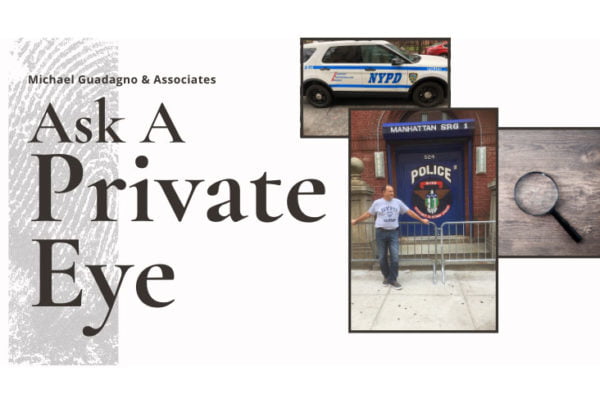 Cyberthieves cleaned out the businessman’s bank account and made off with $1.2 million. Criminals sniff out the most vulnerable businesses first, and steal all their assets.
Cyberthieves cleaned out the businessman’s bank account and made off with $1.2 million. Criminals sniff out the most vulnerable businesses first, and steal all their assets.
Why? Because they can.
Statistics quoted in 2011 showed that 72% of global data breaches were committed against companies with fewer than 100 employees. Take, as an example, a respectable New York company who had $1.2 million dollars stolen from its bank account within a few hours. The loss was not noticed until a routine online payment was attempted by a company executive.
Small and medium-sized businesses are increasingly becoming a preferred target for cybercriminals because they do not have the appropriate technology experts on staff, nor do they have the budget to adequately protect their trade secrets, patents, client lists, and/or financial transactions.
Data breaches around the world were recently highlighted in the 2012 Data Breach Investigations Report (DBIR) report. Five organizations contributed data to the report: the United States Secret Service, the Dutch National High Tech Crime Unit, the Australian Federal Police, the Irish Reporting & Information Security Service and the Police Central e-Crime Unit of the London Metropolitan Police. The report highlights that:
- 97% of breaches were avoidable through simple or intermediate controls
- 96% of attacks were not highly difficult
- 85% of breaches took weeks or more to discover
- 79% of victims were targets of opportunity
More than 80% of the breaches involved some form of hacking, where access is gained to a protected system with valid, but stolen, credentials; almost three quarters of the breaches involved some form of malware that bypasses normal authentication processes and runs covertly.
Read the “2012 Data Breach Investigations Report”
How does a business protect itself against Internet compromises?
- Use one computer (if possible) to make all financial transactions.
- Install high security controls on this computer: two-factor authentication; password policies (length and complexity); IP blacklisting (consider blocking large address blocks/regions if they have no legitimate business purpose); restrict user administrative rights; web browsing policies and security awareness training.
- Obtain verbal authorization on outbound transfers of funds from the bank that is over a certain predefined threshold.
- Have contacts with bank security readily available should a breach occur.
What do corporate executives and small business owners need to remember?
- Gaining access to your business through the Internet is only one way that your business may be compromised.
- There are many other applications available to track your Internet activity alone that have nothing to do with IT Security.
- Closing only one back door (IT) to your business and leaving several others open may still leave your business vulnerable to further compromise.
What is recommended?
Secure a Technical Surveillance Countermeasures (TSCM) sweep audit to be performed at the business premises, particularly in executive offices and boardrooms. A sweep audit has the capability to detect and report all known security compromises at the business. The audit summary and recommendations will help to establish and maintain procedures for the future security of any company.
Source: http://online.wsj.com/article/SB10001424052702303933404577504790964060610.html


